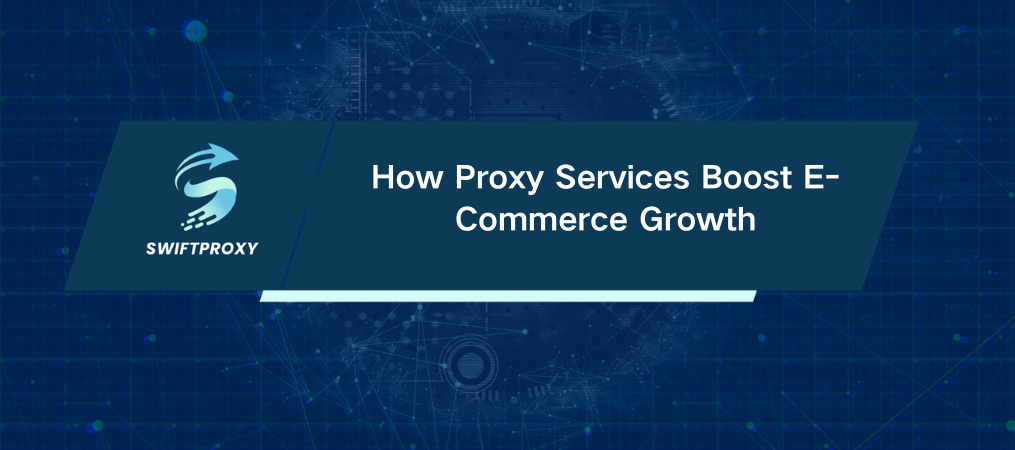How Proxy Services Boost E-Commerce Growth

Data is often described as the new oil—but let's be real: extracting it is far from easy. Ever been blocked by anti-scraping mechanisms just when you were trying to dive into competitor pricing? Or had trouble verifying your ad performance across different regions? These challenges may feel technical, but they're key barriers to increasing revenue. The good news? Proxy services are the secret weapon you need to break through.
The Data Dilemma and Why Proxies Matter
A cross-border 3C seller lost 30% of their profit last year simply because they couldn't track Amazon competitor prices in real time. They were out-priced by 15%—a costly mistake. This isn't an isolated incident. Traditional methods of data collection—limited by IP blocks, geo-restrictions, and anti-scraping measures—can leave businesses flying blind.
Proxy services work by simulating real user locations and behaviors, helping businesses capture the kind of competitive intelligence that drives key decisions on pricing, marketing, and inventory.
Real-World Examples: Turning Data into Profit
Data isn't just useful; it's downright profitable when used correctly. Let's dive into a few stories.
Price Monitoring: The Ultimate "God's Eye View"
A headphone brand used a proxy service in 2022 to scrape top headphone prices from a major e-commerce site every hour, across multiple countries. By analyzing cost structures, they discovered a 25% premium for noise-canceling headphones in one region. This insight allowed them to reposition their brand as a high-end noise-canceling product—and boom: significant monthly sales growth.
Ad Fraud Prevention: Protecting Your ROI
A direct-to-consumer shoe brand was seeing a click-through rate (CTR) of 8% in a specific market but a disappointing 0.2% conversion rate. They used residential IPs from key countries and uncovered that 30% of their ads were being displayed in regions where they weren't targeting—an ad fraud scheme draining their budget. After making adjustments, their return on ad spend (ROAS) surged significantly.
User Insights: Mining Data Gold
A cosmetics brand scraped thousands of beauty video comments from a popular platform in Southeast Asia. By analyzing the comments, they discovered a 240% year-over-year increase in mentions of keywords like "waterproof" and "12-hour wear." Fast forward—this led to a waterproof foundation that quickly became a top seller, with repurchase rates 47% higher than regular products.
How to Implement: A Low-Cost, High-Return Strategy
Go Beyond Pricing: Don't just track prices—also capture inventory status, ratings, and even user profiles.
Real-Time Data: Keep your data fresh. Update fast-fashion data every 30 minutes and refresh electronics data at least twice a day.
Respect Compliance: Avoid personal data (like emails) and always comply with Robots.txt to stay on the right side of the law.
The Future of E-Commerce
We're entering a new era. Take SHEIN, for example. In 2023, they used AI models trained on proxy-scraped social media trends to cut their design-to-shelf time to just 7 days. This isn't science fiction—it's the future of e-commerce.
Potential Future Developments:
Predictive Procurement: Use historical price data to forecast which products will dominate during peak seasons, like Black Friday.
Proactive Defense: As anti-scraping systems evolve to use AI behavior analysis, proxies will need to adapt, utilizing "dynamic fingerprint spoofing" (mimicking mouse movements) to stay one step ahead.
Conclusion
In e-commerce, data is the driving force behind revenue growth. But IP blocks, geo-restrictions, and anti-scraping systems often get in the way. That's where proxy services like Swiftproxy come in—empowering businesses to track competitors, optimize ad campaigns, and unlock valuable user insights.

















































